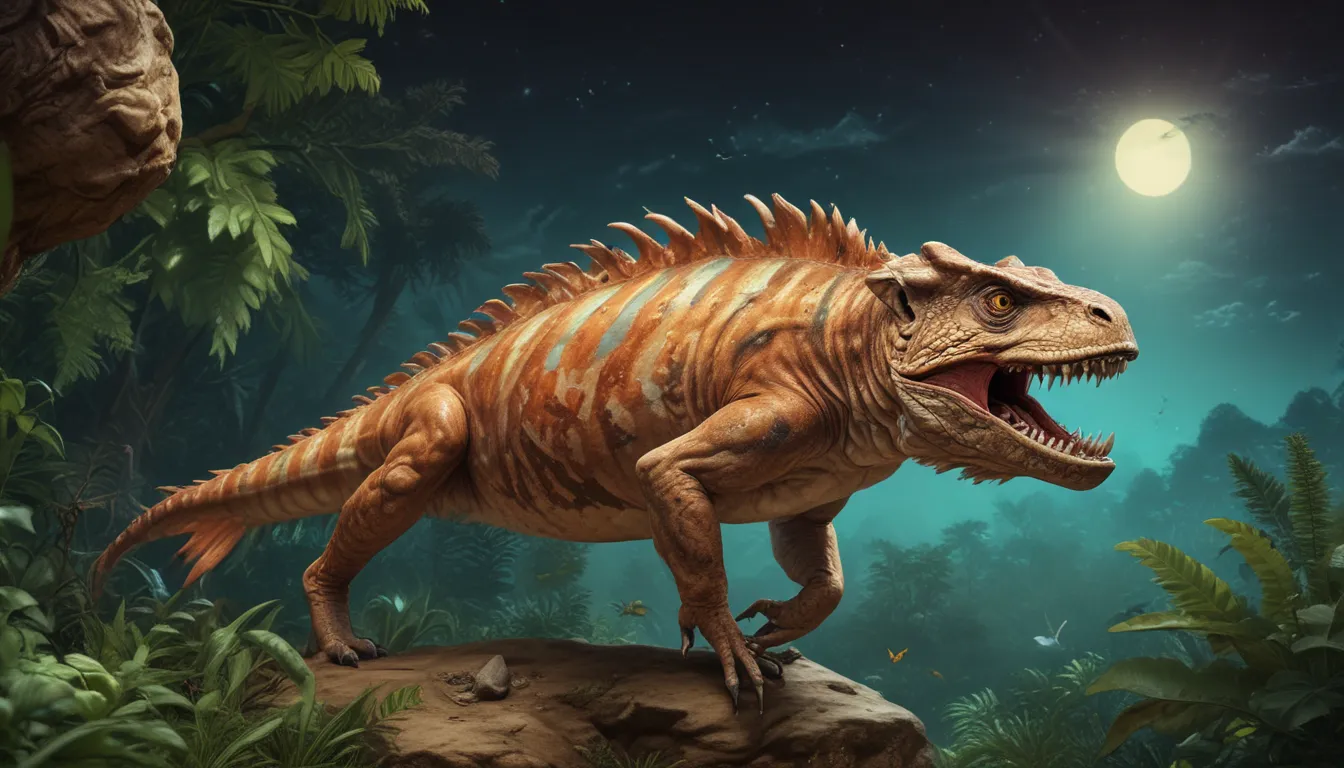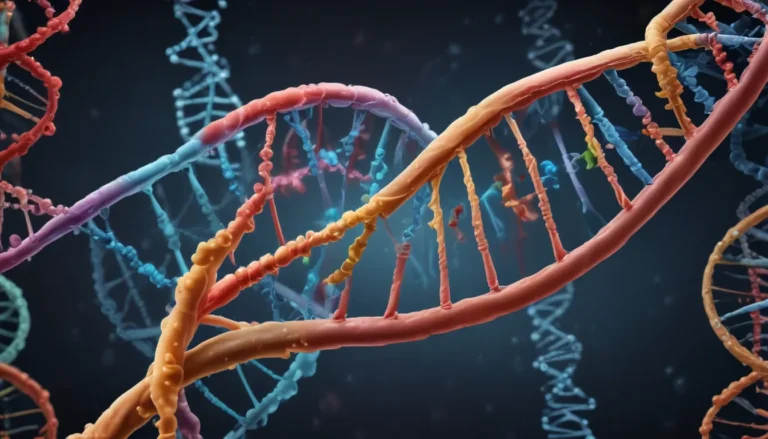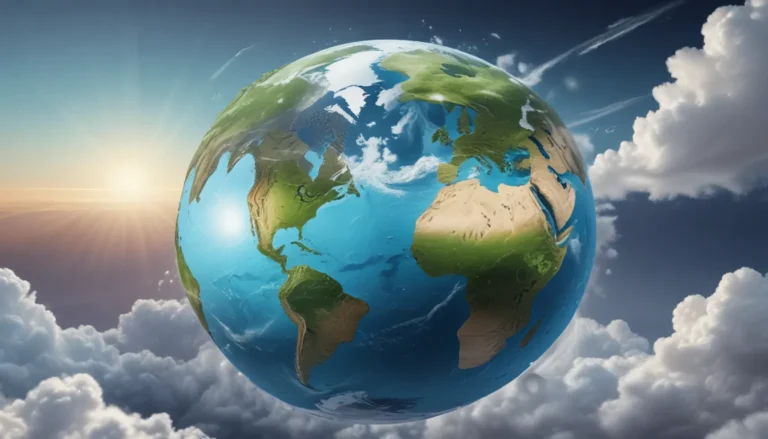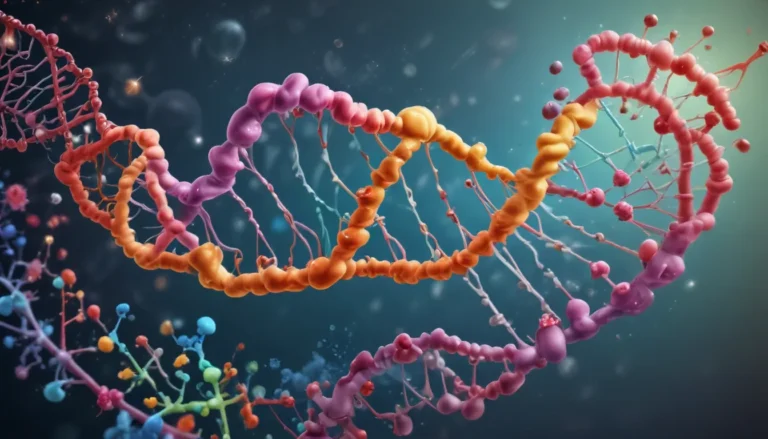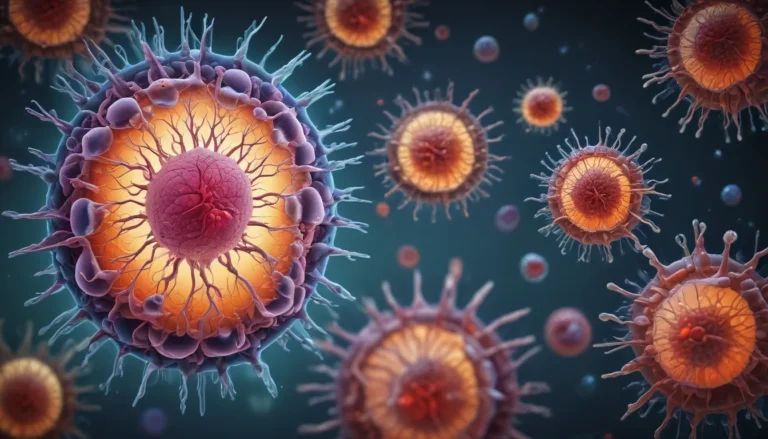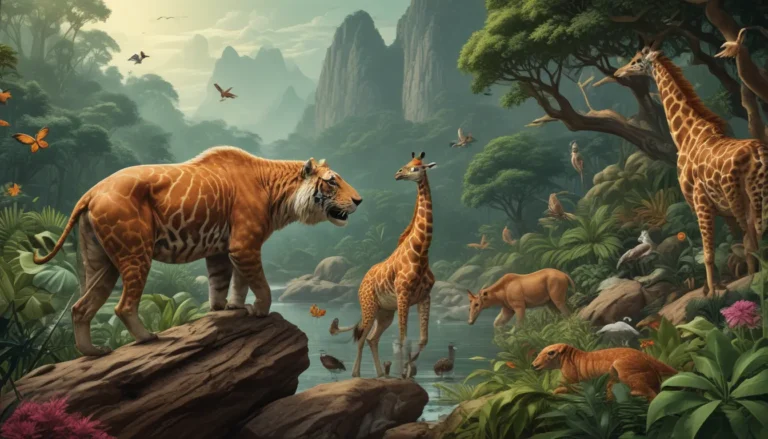A Note About Images: The images used in our articles are for illustration purposes only and may not exactly match the content. They are meant to engage readers, but the text should be relied upon for accurate information.
Welcome to the mesmerizing world of macroevolution, where the grand tapestry of life unfolds through intricate processes and profound transformations. In this article, we will delve into nine enigmatic facts about macroevolution that showcase the awe-inspiring mechanisms behind the evolution of species on our planet. From genetic mutations to mass extinctions, each fact unravels a captivating aspect of macroevolution that sheds light on the diverse array of life forms that inhabit Earth.
Unveiling the Complexity of Macroevolution
Macroevolution is a captivating concept that delves into the evolution of species over extended periods, unveiling the intricate journey of life on our planet. It explores how new species emerge through the transformation and divergence of existing organisms, shaping the rich tapestry of biodiversity that surrounds us.
The Significance of Genetic Mutations in Macroevolution
Genetic mutations stand as the driving force behind the captivating processes of macroevolution. These mutations introduce genetic variations that give rise to new traits and adaptations, ultimately contributing to the splendid diversity of life forms that inhabit Earth.
The Influence of Environmental Changes on Macroevolution
Environmental changes play a pivotal role in shaping macroevolutionary events, driving shifts in climate, geology, and ecological niches that influence the emergence of new species and the extinction of others. These changes serve as catalysts for the remarkable transformations observed in the evolution of life forms.
Embracing the Power of Natural Selection in Macroevolution
Natural selection acts as a guiding force in the intricate process of macroevolution, favoring traits that enhance an organism’s survival and reproductive success. Through the relentless pressure of natural selection, organisms evolve to adapt to their environments, leading to the diversification of life forms over time.
Unraveling the Mechanisms of Speciation
Speciation, the formation of new species, stands as a cornerstone of macroevolution, occurring through various mechanisms such as allopatric speciation, sympatric speciation, or hybridization. These processes highlight the dynamic nature of evolution and the intricate pathways that lead to the emergence of new life forms.
Illuminating the Cambrian Explosion and Biodiversity Burst
The Cambrian Explosion, a pivotal event in the history of life on Earth, marked a rapid diversification of life forms approximately 540 million years ago. This extraordinary event led to the emergence of complex organisms with diverse body plans, shaping the course of macroevolution and the diversity of life forms we see today.
Exploring Extinction Events and Evolutionary Radiations
Mass extinctions, such as the event that wiped out the dinosaurs, have served as critical junctures in the history of life on Earth, resetting the stage for new evolutionary radiations and the emergence of new lineages. These events underscore the resilience of life forms and their ability to adapt and thrive in changing environments.
Embracing Convergent Evolution and Adaptations
Convergent evolution stands as a remarkable phenomenon in macroevolution, where different species independently evolve similar traits or adaptations in response to similar selective pressures. This phenomenon underscores the incredible capacity of organisms to find innovative solutions to survival challenges, showcasing the diverse pathways of evolution.
Tracing Macroevolutionary Patterns and the Tree of Life
Macroevolutionary patterns offer invaluable insights into the branching patterns and relationships among different species, allowing scientists to construct the Tree of Life that illustrates the evolutionary history of all living organisms. By analyzing genetic and morphological data, researchers unveil the interconnectedness of life forms and their shared evolutionary heritage.
In conclusion, macroevolution serves as a captivating lens through which we can unravel the mysteries of life on Earth, from the astonishing transformations observed in the fossil record to the complex mechanisms of speciation and adaptation. By exploring the intricate interplay of genetic mutations, environmental changes, and natural selection that shape the evolution of species over vast periods, we gain a deeper understanding of the origins and development of life as we know it.
These nine enigmatic facts about macroevolution offer a glimpse into the vast realm of knowledge within this field, sparking curiosity and inspiring further exploration. As scientists continue to uncover new evidence and refine their theories, our understanding of macroevolution will undoubtedly evolve, opening the door to even more captivating discoveries in the future.
FAQs: Exploring Macroevolution
- Q: What is macroevolution?
-
A: Macroevolution refers to the large-scale changes that occur in populations over extended periods of time, resulting in the formation of new species and the diversification of life forms.
-
Q: How is macroevolution different from microevolution?
-
A: While microevolution focuses on changes within a population, macroevolution examines broader patterns and processes that shape the evolution of entire groups of organisms.
-
Q: Can macroevolution be observed?
-
A: Macroevolutionary processes occur over vast timescales, making direct observation challenging. However, we can infer macroevolutionary patterns through the examination of fossil records, genetic analysis, and comparative anatomy.
-
Q: What role does natural selection play in macroevolution?
-
A: Natural selection, alongside genetic drift and mutation, serves as a key driving force behind macroevolution, influencing the survival and reproductive success of organisms in their environments.
-
Q: How does speciation occur in macroevolution?
-
A: Speciation can occur through mechanisms like geographic isolation, reproductive barriers, and adaptive radiation, allowing populations to diverge genetically and form new species.
-
Q: Are humans a product of macroevolution?
-
A: Yes, humans are the result of macroevolutionary processes that have shaped our genetic and environmental adaptations over millions of years, leading to the emergence of the modern human species.
-
Q: Does macroevolution contradict religious beliefs?
-
A: The acceptance of macroevolution varies among religious beliefs, with some traditions viewing evolution as compatible with their teachings while others hold different perspectives on the relationship between science and religion.
-
Q: Can macroevolution predict future evolutionary trends?
-
A: While predictions can be made based on current knowledge, the complexity of biological systems and environmental factors make it challenging to forecast specific evolutionary trends accurately. Ongoing research enhances our ability to predict future developments.
-
Q: How does macroevolution contribute to our understanding of biodiversity?
- A: By exploring macroevolutionary processes, scientists gain insights into the origin and maintenance of biodiversity, crucial for conservation efforts and preserving ecosystems for future generations.
As we journey through the intricate landscapes of macroevolution, we uncover the remarkable processes and patterns that have shaped life on Earth over millions of years. The wondrous tapestry of biodiversity that surrounds us reflects the interconnectedness of all living organisms and the fascinating journey of evolution that continues to unfold before our eyes. Embrace the marvels of macroevolution, and embark on an odyssey of discovery that will forever change your perspective on the complexities and wonders of life.
